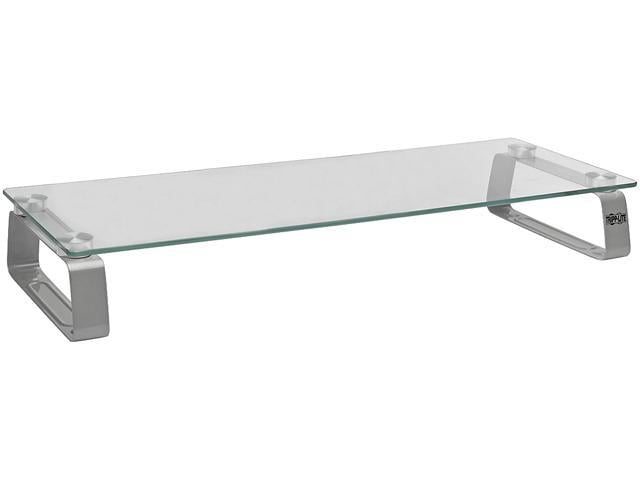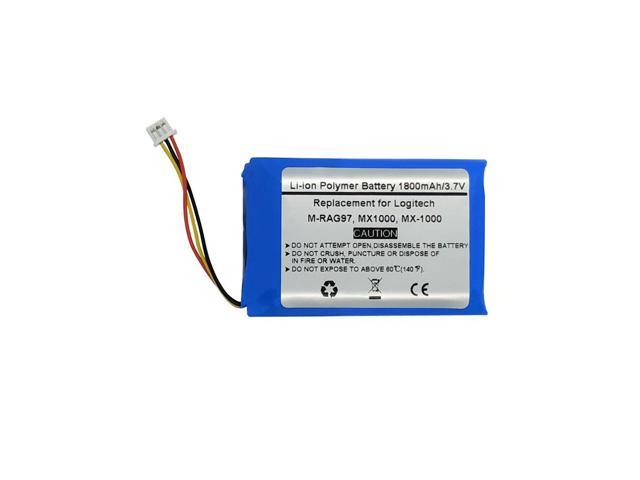Widespread chlorinated ethene contamination of aquifers coupled with high costs of current treatment technologies demand innovative remediation solutions. Wetlands, maintaining anaerobic and aerobic zones promoting the complete degradation of chlorinated ethenes such as Tetrachloroethylene (PCE), could be the answer. This thesis characterized the chlorinated solvent contamination levels in three strata of an upward flow constructed wetland. Analysis of samples was accomplished by purge-and-trap gas chromatography. Water quality parameters, Dissolved Oxygen (DO), Oxidation Reduction Potential (ORP), pH, Conductivity, and Temperature, were also measured in monitoring wells with a water monitoring sonde. After removing data outliers caused by short-circuiting flow, PCE concentrations declined from an average of 32.59 0.699 ppb ( 95% confidence interval) in the inflow stream to an average of 0.171 0.807 ppb in the upper layer (a 99.3% reduction).















